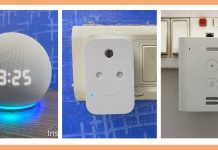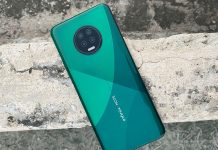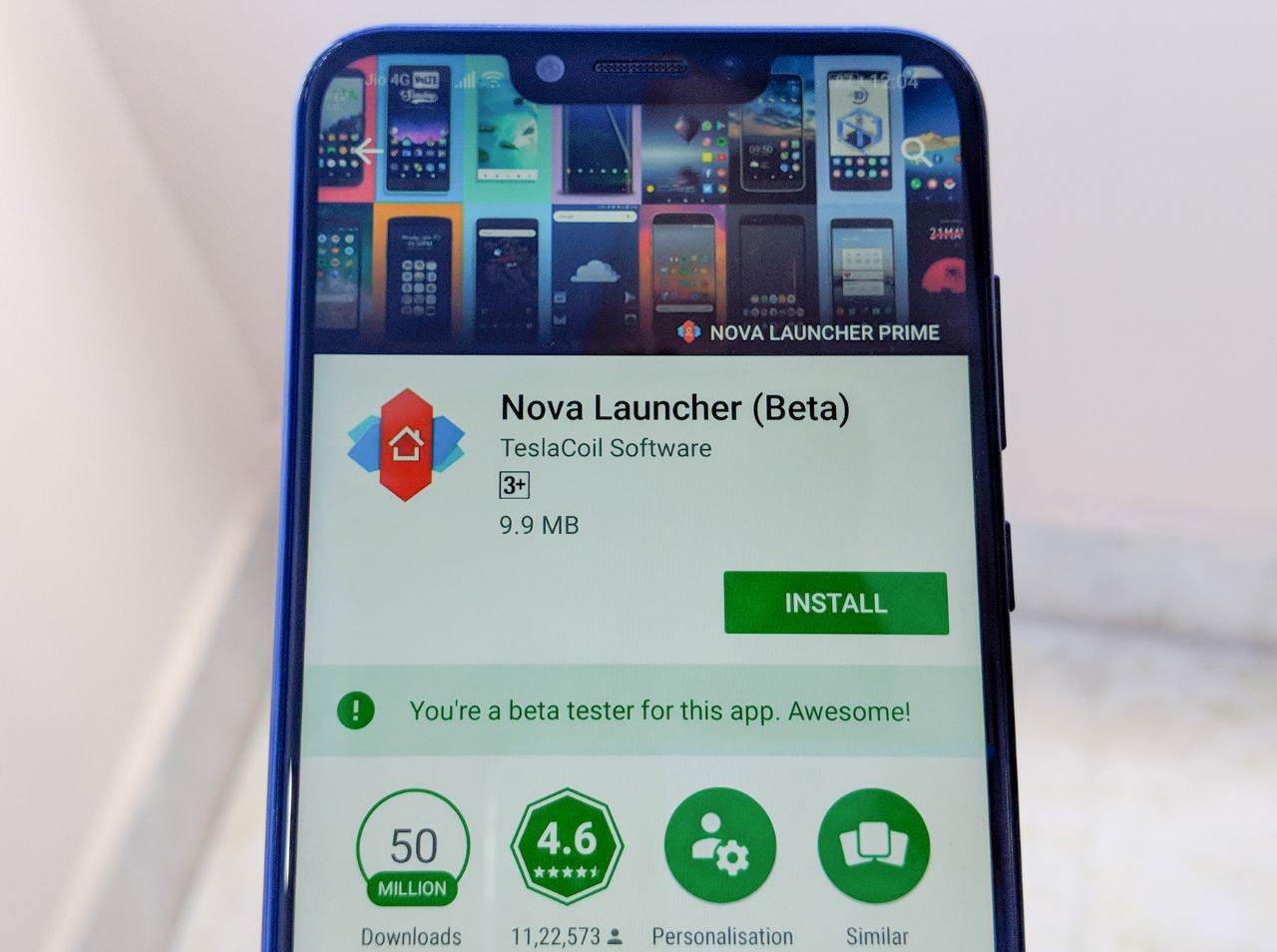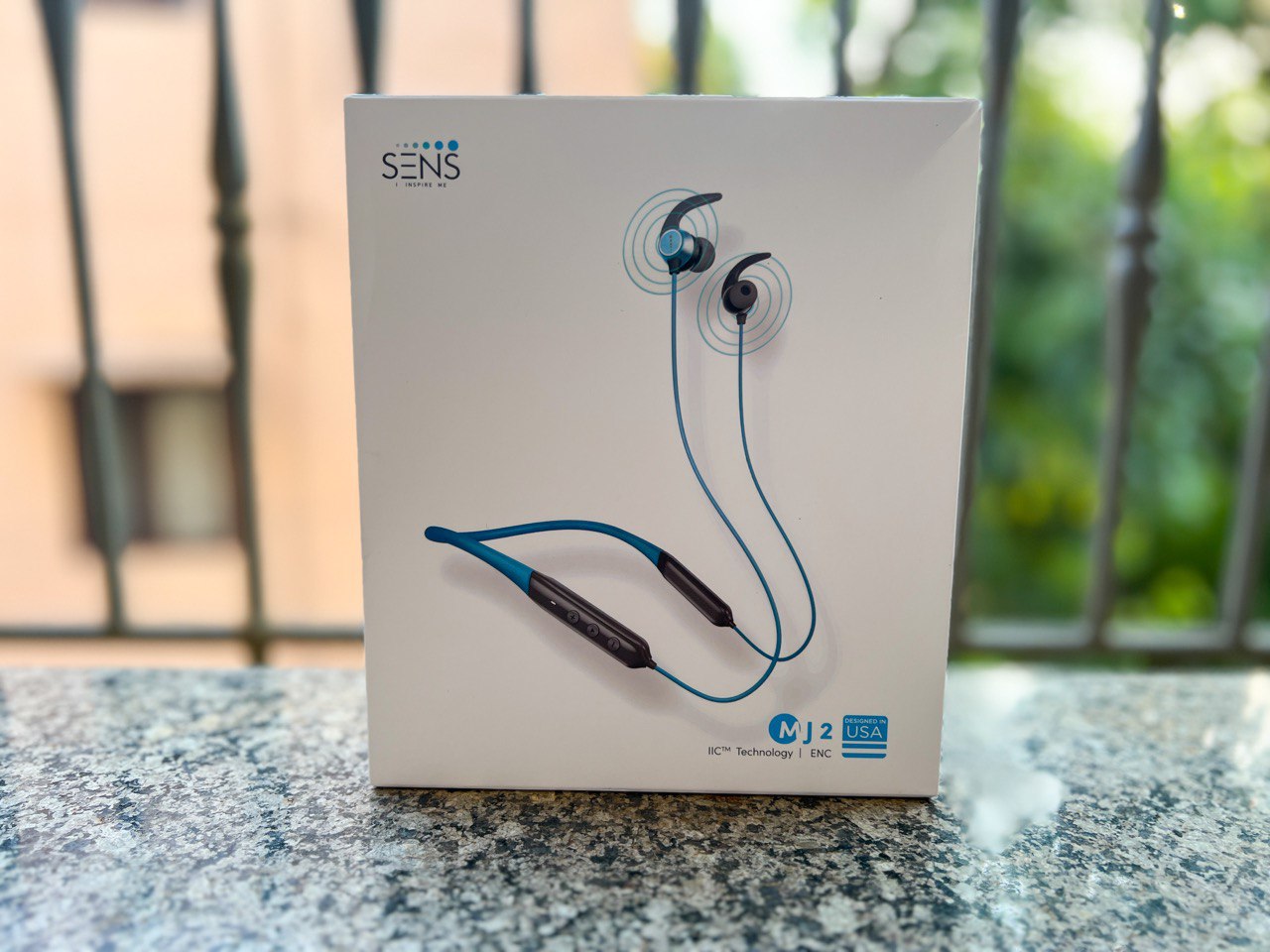In the age of choice and patent wars, two operating systems (OS) currently rule the mobile market: Android and iPhone. The two OS’s attract two completely different types of people: the leaders and the followers. Apple often brags about its innovative features, even going as far to campaign that its latest iPhone 5 is the slimmest and lightest smartphone ever – something the Droid Razr was already known for. Android takes the more passive route by letting device specs speak for themselves.
By comparing the iPhone 5 and the Samsung Galaxy SIII specs, it is hard to believe that anyone would choose the less powerful Apple device over the latest and greatest Android device. In the below comparison, the SGSIII won out 9 to 2 counts in performance specs, not including optional features such as SGSIII’s Picture-in-Picture or iPhones Facetime.
While Apple deserves some credit for designing the iPhone, the device that started the smartphone craze, it is not the all-inspiring device it is claimed to be. First of all, the last two releases have taken features that Android had already cornered the market on, such as the larger screen and notifications center. Maybe by the time iPhone 7 is released, Apple will decide to manufacture its smartphone to allow for expandable memory…then again, maybe not.
Don’t get me wrong, I am not a complete biased towards the Apple product. The latest release carries some fun new features, such as reminding you to pick up milk as you pass the grocery store, and “delivering” newspapers and magazines right to your Newstand app. While it may appear the device is slowly catching up to Android, they still carry features that Android lacks – and visa-versa. iPhones are about simplicity and making your life easier.
Android on the other hand, allows for complete customization of your device; a feature that iPhone users could not even fathom. Widgets, resizable icons, alternate keyboards, a multitude of launcher choices, and customizable ROMs are all features that the average iPhone user may have a hard time grasping. While Android is about practicality, iPhone is about service.
Despite attempts to mimic Androids alert system with iOS 5, it still lacks the efficiency that Android offers. Android allows an at-a-glace view of all notifications by displaying them in the notification bar on the homescreen. iOS requires you to swipe down the Notification Center in order to see if you have an email, text message, or other notification waiting for you. Another useful feature that iOS is lacking, is the ability to swipe away single notifications as on the Android OS, as well as a more simplistic look to the notification center.
No matter how many features beat out the iPhone, it is almost impossible to convince an iPhone fanboy of Android’s superiority. Why? It comes down to those two groups of people mentioned in the lead paragraph: leaders and followers.
Apple claims to be the leader of innovation, while Fanatical iOS users flock to this thinking without bothering to ask how. Fanatical iOS users would walk off the edge of a cliff if Siri told them they could find the meaning of life at the bottom. Fanatical iOS users would spend hundreds of dollars to buy the next iPhone version simply because a new color was made available. While these examples may be a little far-fetched, fanatical iOS users have often been referred to as iSheep, meaning they follow the heard – they are FOLLOWERS. They buy into a product because it is associated with a superior brand. It is the same for teenage girls – they all want American Eagle, Abercrombie & Fitch, Aeropostale, and other brand name clothing, simply for the brand. They buy into the hype that it is superior just because it has a superior image.
Whenever I talk to an iPhone user, they always bring out the same point – the phone works out of the box and is simple to use. They do not aspire to modifying their device to make it more useable. They are happy with it how it is and are ok with waiting until Apple releases a new version and gives them something more to be excited about – even if it is one or two simple changes.
Android users on the other hand, are the creators of innovation. Most users will un-box their device and fiddle with it until it becomes their own…until it is capable of being all it can be. This is not to say the product is inferior and does not work out of the box. These movers and shakers enjoy working with the device to make it even better than it already was. There is always room for improvement, and Google knows that, otherwise they would not have made Android an open source project. Android users strive for excellence and won’t stop until they get there – they are the leaders.











